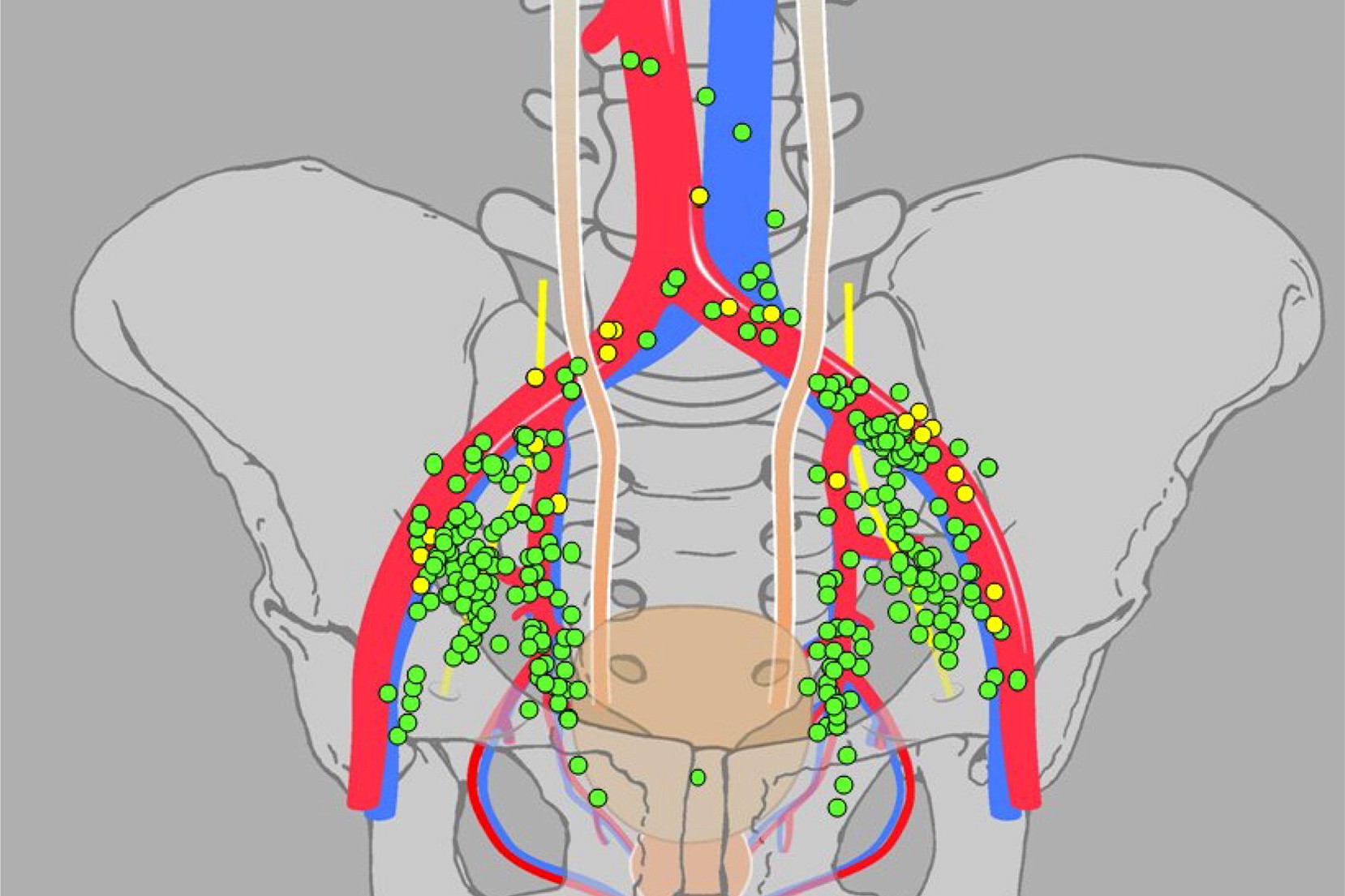
What is a lymphadenectomy? A lymphadenectomy is a surgical procedure where lymph nodes are removed. This operation is often done to check for the spread of cancer or to treat certain infections. Lymph nodes are small, bean-shaped structures that play a crucial role in the body's immune system. They filter harmful substances and help fight infections. Removing them can help doctors understand the extent of a disease and plan the best treatment. While it sounds complex, understanding the basics of lymphadenectomy can make the process less intimidating. Let's dive into 29 interesting facts about this important medical procedure.
What is Lymphadenectomy?
Lymphadenectomy is a surgical procedure involving the removal of lymph nodes. It's often performed to treat or prevent the spread of cancer. Here are some intriguing facts about this medical procedure.
-
Lymphadenectomy can be either partial or complete, depending on how many lymph nodes need removal.
-
This surgery is commonly used in treating cancers like melanoma, breast cancer, and prostate cancer.
-
Surgeons may use a technique called sentinel lymph node biopsy to determine if cancer has spread to the lymph nodes.
-
The procedure can help doctors stage cancer, which is crucial for planning further treatment.
-
Lymph nodes are small, bean-shaped structures that play a vital role in the body's immune system.
Types of Lymphadenectomy
Different types of lymphadenectomy exist, each tailored to specific medical needs. Understanding these variations can shed light on the procedure's complexity.
-
Radical lymphadenectomy involves removing a large number of lymph nodes and surrounding tissues.
-
Selective lymphadenectomy targets only specific lymph nodes that are likely to be affected by cancer.
-
Extended lymphadenectomy goes beyond the standard removal area to include additional lymph nodes.
-
Pelvic lymphadenectomy focuses on lymph nodes in the pelvic region, often used in gynecological cancers.
-
Axillary lymphadenectomy targets lymph nodes in the armpit area, commonly performed for breast cancer.
Benefits of Lymphadenectomy
Lymphadenectomy offers several benefits, particularly for cancer patients. These advantages can significantly impact treatment outcomes.
-
Removing affected lymph nodes can prevent the spread of cancer to other parts of the body.
-
The procedure can provide valuable information about the cancer's stage and aggressiveness.
-
It can improve the effectiveness of other treatments like chemotherapy and radiation.
-
Lymphadenectomy can sometimes be curative, especially if cancer is detected early.
-
The surgery can alleviate symptoms caused by swollen or painful lymph nodes.
Risks and Complications
Like any surgical procedure, lymphadenectomy carries certain risks. Being aware of these potential complications is essential for patients and healthcare providers.
-
Infection is a common risk, as with any surgery involving incisions.
-
Lymphedema, or swelling due to lymph fluid buildup, can occur after lymph node removal.
-
Nerve damage is possible, leading to numbness or weakness in the affected area.
-
Blood clots can form, posing a serious health risk if they travel to the lungs or brain.
-
Scarring and changes in skin sensation are potential long-term effects.
Recovery and Aftercare
Recovery from lymphadenectomy varies depending on the extent of the surgery and the patient's overall health. Proper aftercare is crucial for a smooth recovery.
-
Patients may need to stay in the hospital for a few days post-surgery.
-
Pain management is essential, often involving medications and physical therapy.
-
Regular follow-up appointments help monitor for complications and ensure proper healing.
-
Patients are advised to avoid strenuous activities until fully recovered.
-
Wearing compression garments can help reduce the risk of lymphedema.
Advances in Lymphadenectomy
Medical advancements continue to improve lymphadenectomy techniques and outcomes. These innovations offer hope for better patient experiences and results.
-
Minimally invasive techniques, like laparoscopic surgery, reduce recovery time and scarring.
-
Robotic-assisted surgery allows for greater precision and control during the procedure.
-
Enhanced imaging technologies help surgeons identify affected lymph nodes more accurately.
-
Ongoing research aims to develop less invasive methods for lymph node removal and cancer treatment.
Final Thoughts on Lymphadenectomy
Lymphadenectomy, a surgical procedure to remove lymph nodes, plays a crucial role in diagnosing and treating various cancers. It helps determine the stage of cancer, guiding treatment plans and improving patient outcomes. While the procedure can be life-saving, it comes with risks like infection, lymphedema, and nerve damage. Advances in medical technology continue to refine lymphadenectomy techniques, making them safer and more effective.
Understanding the importance and potential complications of lymphadenectomy empowers patients and their families to make informed decisions. Always consult with healthcare professionals to weigh the benefits and risks tailored to individual cases. Knowledge is power, and being well-informed can lead to better health outcomes. Stay curious, stay informed, and take charge of your health journey.
Was this page helpful?
Our commitment to delivering trustworthy and engaging content is at the heart of what we do. Each fact on our site is contributed by real users like you, bringing a wealth of diverse insights and information. To ensure the highest standards of accuracy and reliability, our dedicated editors meticulously review each submission. This process guarantees that the facts we share are not only fascinating but also credible. Trust in our commitment to quality and authenticity as you explore and learn with us.
